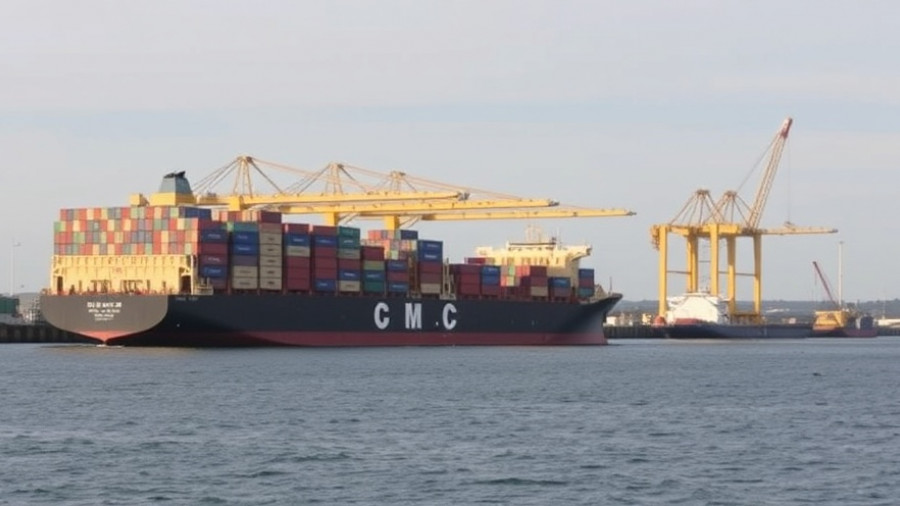
Alaska's Close Call: A Warning for Us All
On August 10, 2025, a cataclysmic landslide in Alaska's Tracy Arm fjord startled both scientists and casual observers. Due to the dynamic interaction between glaciers and rising temperatures, the event exemplified heightened risks to both locals and tourists. As residents empathize with victims, particularly those caught off-guard, the reality becomes evident: climate change profoundly impacts nature's stability, and community safety must take priority.
Understanding the Risks of Climate Change
Climate change isn't merely a distant concern—it’s a reality that's impacting Alaska now. According to expert Dennis Staley of the U.S. Geological Survey, ice melts at an alarming rate, which can destabilize alpine terrain and lead to potentially catastrophic landslides.
The Tracy Arm incident, which propelled a tsunami over 100 feet tall, caught kayakers unaware and showcased how nature's fury can strike without warning. The fact that the area was largely unoccupied at 5:30 AM likely saved countless lives.
Tourism and Natural Disasters: A Delicate Balance
The incident raises important questions for Alaska’s tourism industry. With 500,000 visitors flocking to this majestic region annually, the potential for disaster looms large. Residents and tour operators alike are reassessing safety measures, community preparedness, and the implications of Glacier Bay National Park's ongoing changes.
As demand for more adventurous travel experiences increases, eco-conscious companies are prioritizing informed safety measures. Educating tourists could be key to ensuring they understand both the thrill and the risks posed by nature.
The Community's Response
Residents like Sasha Calvey, who encountered the roaring tides after the slide, were acutely aware of their narrow escape. Interviews with survivors reveal feelings of gratitude and a deepened respect for nature's power. “We’re lucky,” one camper noted, emphasizing that even a slight difference in their timing could have led to a tragedy. These personal stories highlight community resilience and the human spirit amid environmental adversity.
Future Trends: What Lies Ahead?
As climate science evolves, monitoring techniques must adapt. Improved technologies will enable better prediction of geological hazards. Community leaders are encouraged to facilitate awareness programs about the heightened risks stemming from climate change, particularly in regions vulnerable to landslides.
Investment in protective infrastructure could become a discussion point for future homeowners and investors. As we race to prepare for the unpredictable, the prospect of creating a safer living environment becomes paramount.
Conclusion: Taking Action for a Safer Future
For those contemplating property investments or their next home purchase in vulnerable areas, understanding the ongoing impacts of climate change and its risks is essential. Conveying these concerns to prospective buyers and stakeholders can pave the way for responsible development and greater community safety. Let's not wait for the next close call; instead, let’s seize the opportunity to educate, inform, and prepare for a resilient future.
As we look towards safeguarding our communities, it is crucial to advocate for proactive measures that protect both residents and visitors alike—ensuring that Alaska’s natural wonders can be appreciated without fear of disaster.
 Add Row
Add Row  Add
Add 





Write A Comment